Illustrating Pablo Python, a Children's Learning Activity Site
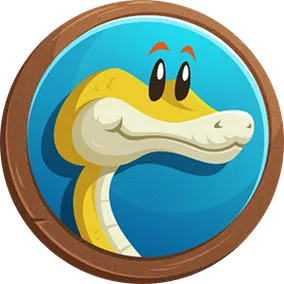
Joseph Le, Former Designer
Article Categories:
Posted on
Inside look at the illustration process of Pablo Python, children's interactive learning site, for WCS.
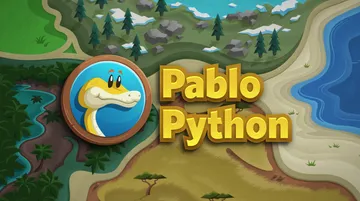
WCS asked Viget to create an interactive website for an early childhood life science program called "Pablo Python." To appeal to the elementary/middle school audience, I had the chance to redesign the mascot and create original custom illustrations of all of the animals and habitats. In this blog post, I'll go into detail about how I made the illustrations and what I used for inspiration.
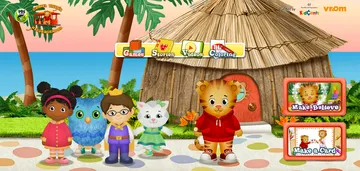
"Daniel Tiger's Neighborhood" was one of my main inspirations for concepting a friendly mascot and delightful interactive experience for kids. Apparently it's all the rave with kids these days according to my co-workers who are parents. My mind was blown after my co-worker told me that the show paid homage to "Mister Roger's Neighborhood."
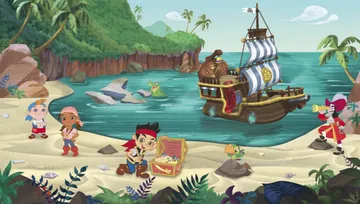
The Pablo Python website was planned to have multiple habitats where users could interact with the different animals and games in them. So I looked at different illustrated websites with this kind of format.
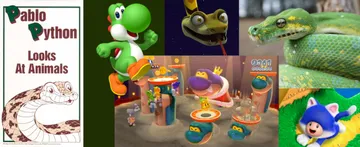
I had to redesign the "Pablo" character in order to make him look less "old" and more approachable to kids. In the image above, I drew inspiration from reptilian characters from video games and animated movies. It was interesting to see how each feature of the reptile/snake were scaled differently.
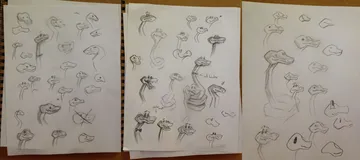
I went through pages and pages of sketch iterations on the new Pablo character design. Also, I took small elements that I liked from each character from my inspiration board and played around with them. After a while, I was leaning towards the big eyes and emphasized curvy jaw line.

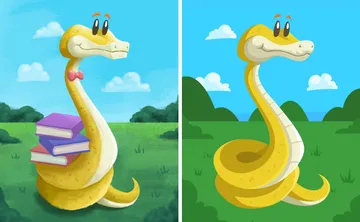
During a phone call, the client said "oh there you are Pablo!" ;D

Next, I had to illustrate the backgrounds for each habitat (Amazon Rainforest, African Grassland, Arctic, and Ocean). So I looked at the Disney concept art for Jungle Book! I really liked how the artists were able to establish a certain tone with how they painted the colors/textures.

These backgrounds needed to look like they came straight out of a children's storybook. So I got help from Kyle's Ultimate Goache Set.
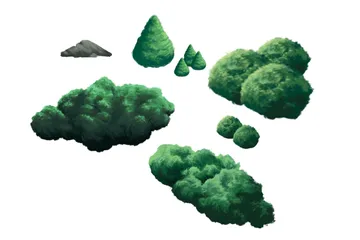
Here's evidence of grass and tree practice. At this point I was a noob and the textures looked too "furry."
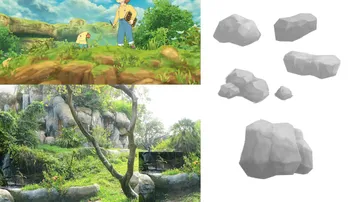
Don't be afraid to practice by copying...
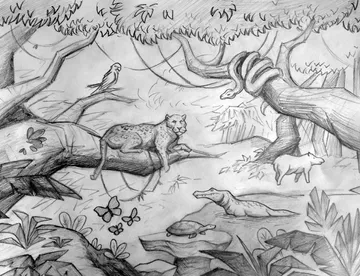
After talking to the client, we settled on required environmental elements and animals for each habitat. Above is a sketch that featured everything into one composition.
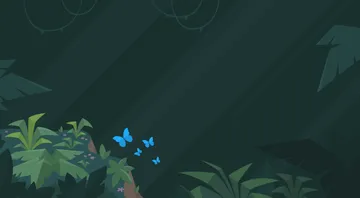
Illustrating a whole jungle can be a bit intimidating... so just start with the easy details first!
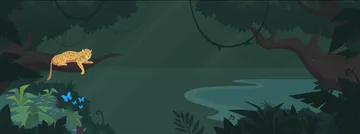
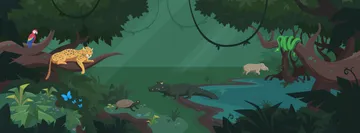
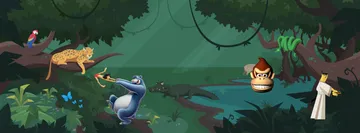
I borrowed some stylistic elements from Jungle Book for the bushes/leaves... borrowed tree trunks from Donkey Kong... and also borrowed the trees from Samurai Jack.
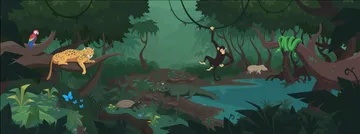
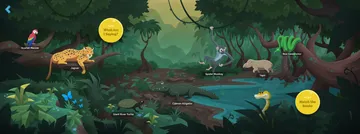
Finally, I applied texture for that "childhood book" feel and put simple non-distracting UI on top of the composition. This whole process took about 1.5 weeks with client feedback.
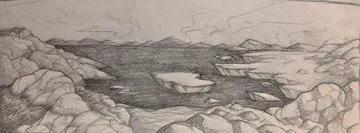
Next up, is the Arctic habitat... and by this time, I was pretty warmed up with drawing environmental stuff.
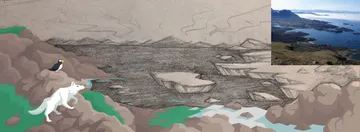
Sometimes when I'm illustrating, I would have the reference image pulled up in the corner of the frame for inspiration. This way, I'm not EXACTLY copying the image by tracing it, but using it as a loose reference.
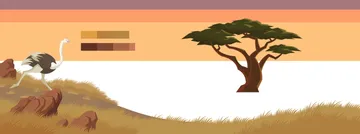
Next is the African grasslands habitat, which was super fun to make because I had an excuse to watch my favorite film of all time, Lion King, at work. (only clips here and there, not the full movie...)
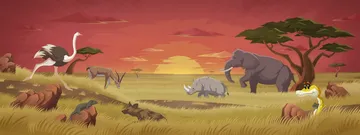
Ta-da! And that's how I illustrated all of the animals and habitats in the Pablo Python interactive children's learning website through steady progression. I just took a lot of small steps to bridge the gap in between inspiration and actual execution. It helps a lot to dissect each individual element of an image and break it down into its essential layers that you can replicate in Adobe Photoshop/Illustrator. Beforehand, I was mostly a flat/vector-based character illustrator and this project helped me break out of my mold by illustrating/painting full scenes. You can check out the case study here. Thanks for reading!